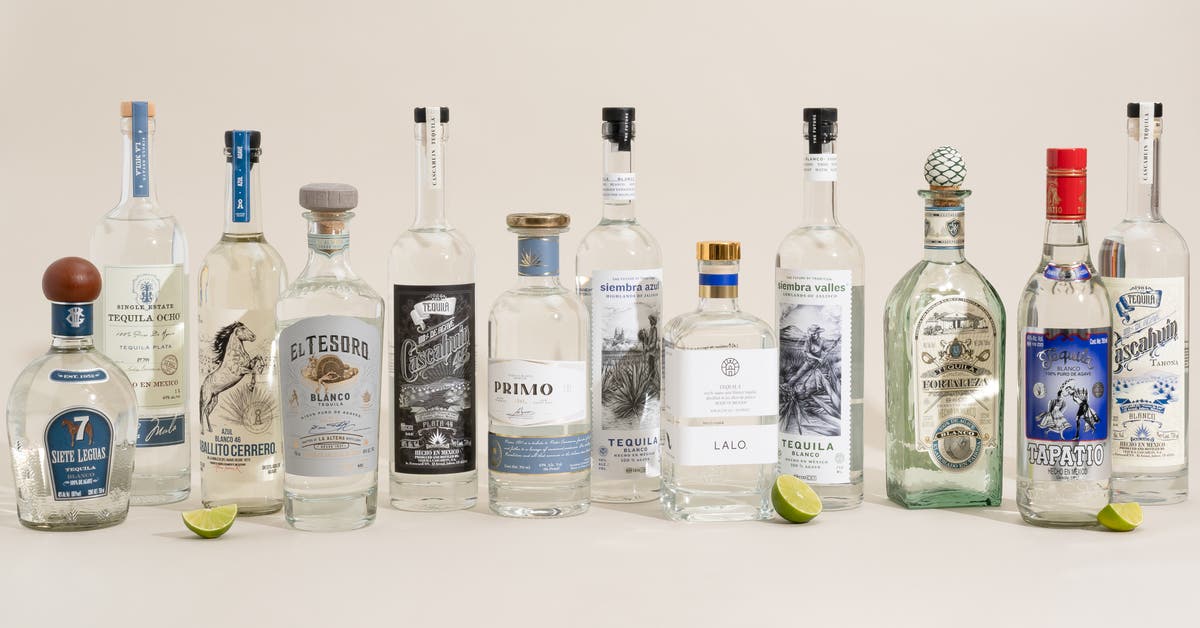Tequila is Mexico’s most famous distilled spirit, one with roots that trace back to pre-Hispanic times, when indigenous people tapped agaves to make pulque, a lightly fermented beverage made using the sap of the plant.
Some evidence suggests that distillation technologies may have existed in the country prior to the arrival of the Spanish, in the 1500s. However, records confirm that distilled agave spirits, called vino de mezcal in many parts of the country, emerged as a popular alternative to pulque by the mid-17th century.
By the 1800s, a concentration of producers in Jalisco, near the city of Tequila, created a commercial identity for vino de mezcal de Tequila, the regional version of this ubiquitous spirit.
Around this time, global demand spiked, prompting producers to find ways to streamline processes and produce higher volumes of tequila with ease and efficiency.
Formal regulations regarding machinery and tools and guidelines began to emerge in the mid-1900s, and they were finessed over time until 1974, when an official denomination of origin (DO) was established by the Mexican government.
Today, per the rules and regulations (called the NOM), there are many factors that dictate how the spirit must be made in order to qualify as tequila. Here are the most notable:
- The spirit must be made only from the Weber blue variety of agave, produced in one of five Mexican states—Jalisco, Nayarit, Michoacán, Guanajuato, and Tamaulipas.
- It must feature 51% agave sugars in the fermentation, and it must be bottled between 35% and 55% alcohol by volume.
The process of making tequila happens in four stages, each of which influences the flavor of the spirit in interesting ways.
Cooking: Traditionally, the heart of the agave plant, called the piña, is slow-roasted in an underground earthen oven for up to a week. When tequila distinguished itself as a singular expression of agave spirit, producers shifted to the use of masonry ovens called hornos, which are powered by steam instead of fire, to expedite the cooking process.
Over time, in order to make large volumes of tequila quickly and efficiently, the industry embraced the use of modern machines called diffusers and autoclaves to process agave piñas into fermentable sugars at unprecedented speeds of hours instead of days.
Though autoclaves and diffusers are completely legal, they are not the best methods for developing vivid flavors and aromas because they don’t allow the plant to cook long and slowly (or, worse, because diffusers use sulfuric acid in the process).
Many American bartenders have shared this opinion with me over the years, and that perception is corroborated by taste tests conducted by Taste Tequila, that show how tequilas made with industrial techniques consistently rank last in flavor.
Crushing: To crush the large, cooked agave piñas and extract the liquids and sugars needed for fermentation, many contemporary distillers use mechanical shredders or roller mills that quickly pulverize the fibers.
Historically, this job was done with the help of a horse- or donkey-drawn tahona, a large volcanic wheel that crushes the piñas slowly. Now some producers are bringing back the tahona method (or combining a percentage of tahona-pulverized fibers with ones processed with mechanized shredders), to develop more-complex layers of flavor in the final distillate. (Though to eliminate the need for animal labor, many producers today have implemented mechanized tahonas.)
Some bartenders and experts debate whether using a tahona makes a huge difference in the final flavor, with some swearing that you can find more multifaceted layers in a tahona-made tequila.
In my evaluations, I could taste a clear and distinct difference between the two methods—see Cascahuín and Patrón—though I wouldn’t necessarily qualify one as being “better” than the other; they simply create different unique flavor profiles.
Fermentation: The process of transforming the liquids and sugars of the cooked agave into a “mosto,” which will be distilled into tequila, was historically done in large, open-air wooden vats with whatever ambient yeasts might be floating around.
Depending on the weather, this stage of production could take weeks—plenty of time for the microorganisms to slowly develop and contribute flavor to the liquid as it morphs into a light alcohol. Sometimes the agave fibers are included during this step to further infuse their flavor into the liquid, as is the case with Siembra Valles, Siete Leguas, El Tesoro, and Tapatío tequilas, to name a few.
To streamline this process and create more consistency from batch to batch, the industry turned to lab-developed yeasts and stainless steel tanks for fermentation. The latter approach represents that of the majority of producers today.
However, a small few are returning to wooden tanks (such as Paladar, Fortaleza, and Primo 1861) and wild yeasts (like Tequila Ocho and ElVelo) to recapture the more wily side of tequila’s personality.
Although we didn’t require a specific type of fermentation for tequilas in this guide, many picks, such as the Paladar Tequila Blanco and the Tequila Fortaleza Blanco, are open-air-fermented in wooden vats with ambient yeasts, since that creates a profound depth of flavor.
Distillation: Before tequila became a formal industry, producers used clay, wooden, or copper pot stills (also known as alembic stills) to distill. Today, many producers use a combination of modern column (Coffey) stills or stainless steel pot stills.
Tequila must be distilled at least twice, per the rules that define the denomination of origin. Many experts claim that the alembic design develops a more flavorful spirit (and one that best preserves the flavors of agave), whereas the column still’s shape and style simply encourage more volume to be produced in less time (column stills are often used to produce neutral spirits like vodka).
For this taste test, I allowed for both pot still and column still distillation, because most of the flavor development of an agave spirit happens during the cooking, crushing, and fermenting stages of production.
Aging: Like whiskey or brandy, tequila can also be aged, and when this happens it is classified based on how long the spirit rests in the barrel before bottling. Depending on whether a tequila is sold in Mexico or abroad, the language used to distinguish different aged tequilas varies. In the US, the following terms are allowed to be printed on a label:
- Silver, plata, or blanco: These tequilas are typically not aged (though the rules allow for up to two months).
- Gold, joven, or oro: These terms refer to unaged tequila blended with aged tequila.
- Reposado, or aged: The distillate must rest in barrels for at least two months.
- Añejo, or extra-aged: The spirit must age in barrels for at least one year.
- Extra añejo, or ultra-aged: The aging process should take place for at least three years.
In the state of Jalisco, there are two famous production regions that boast a high concentration of agave farms and distilleries—Los Altos, the highlands, and Los Valles (also called “the valley”), the lowlands.
Tequila enthusiasts will tell you that because each region has its own distinct environment and terroir, tequilas from these regions will also differ in flavor. Specifically, many say tequila from the valley has a noticeable earthiness, thanks to the mineral-rich volcanic soil that marks the region, while tequila from the highlands tastes more fruity, thanks to iron-rich red soil and a higher elevation.
This article was edited by Gabriella Gershenson and Marguerite Preston.






0 Comments